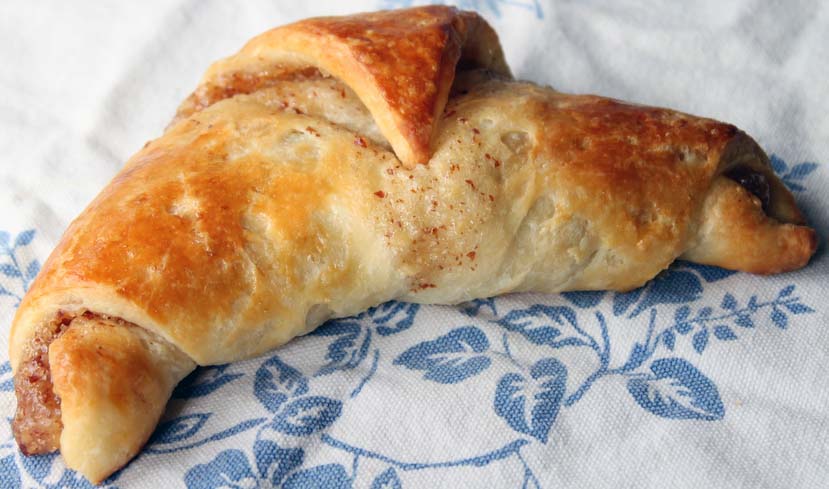Japanese food is known for its attention to detail and aesthetics that affects the dishes presentation as well.
Japanese food is very diverse : there is raw fish , kebabs , soups, fondues, omelets, meat sauce , pasta, etc. . The products are generally very fresh and seasonal .
It is known for its extremely refined cuisine. The visual appearance of food is as important as the taste of food.
Examples of Japanese food:
Japanese food example 1 is Sushi Meshi :
Vinegared rice nase to all sushi recipes .Ingredients:
- 3 cups of rice - Water .
- 1/ 3 cup rice vinegar.
- 1 tablespoon of sugar.
- ½ teaspoon salt.
- The vinegared rice is the basis of all Sushi .
Preparation of this Japanese food:
- Cook the rice .
- At the same time prepare the vinegar water . In a cup mix 1 /3 vinegar and 2/3 of water add 1 tablespoon sugar and ½ teaspoon of salt.
- Moisten hands in vinegar water obtained . Caution, do not wash your hands with vinegar water to be used later.
- Spread the cooked rice still warm on a board (wood or plastic) moistened .
- Smoothly and slowly pour the vinegar and water over the rice.
- Mix gently with your hands with vinegared rice water.
- Enjoy adding fresh fish fillets for example.
 |
| Japanese food |
Japanese food example 2 is Maki tuna :
Ingredients of this Japanese food for 16 maki :- 320 g sushi rice .
- 400 g of raw tuna .
- 40 g cheese .
- 4 sheets of nori ( Japanese grocery store) .
- Soy sauce .
Preparation:
- Cook the rice in boiling water according to the instructions on the back of the package.
Keep cool .
- Spread a sheet of seaweed on your countertop , cover with a layer of rice , leaving a margin of 3 cm on a side.
Place two teaspoons of cream cheese , spread a little, then cover with thin slices of tuna.
- Roll the sheet of seaweed on itself , by holding it to create a tight roll .
Finish with the blank piece of seaweed , press with your fingers so that the roll is closed and it takes itself.
Repeat the process with the remaining seaweed sheets.
Book things cool .
- Divide each roll into eight maki , cutting every 2 cm .
Enjoy this Japanese food with soy sauce in which you can embed a dab of wasabi.
Hint: you can replace the cheese with cream cheese and you can buy a makisu and a bamboo mat
( Japanese grocery stores ) to help stage rolled maki .
 |
| Japanese food |
Japanese food example 3 is Roast beef to the Japanese :
Ingredients:- 1/ 4 of a glass of sake ( seasoning ) .
- 1/ 4 of a cup of cooking oil ( Seasoning ) .
- 1/ 4 of a cup of sesame oil ( Seasoning ) .
- 1 clove of garlic.
- 1 piece of ginger .
- 5 cm of a large carrot .
- 10 cm of a large leek white .
- 400g of very fresh roast beef.
- 3/4 of a glass of soy sauce.
 |
| Japanese food |
Preparation of this Japanese food:
- Cut the leek in half ( 5cmx2cm ) . Then cut into thin filaments .
- Peel the carrot , cut into thin strips.
- Cut a piece of ginger and garlic into thin strips.
- In a bowl , mix all ingredients for the dressing until a homogeneous result.
- Put all the vegetables in a plastic bag closed kitchen, will also pour the mixture of sauces.
- Cut the roast in half lengthwise so as to obtain long pieces .
- Prepare a large bowl containing several ice cubes and a little water .
- In a skillet, heat 1 teaspoon of oil. Over high heat , take all sides of the piece of beef very quickly.
- Soak the meat immediately entered in a bowl with very cold water . This step will stop the cooking of the meat.
- When the meat is cooled , wipe with paper towels.
- Put the pieces in the plastic bag containing the ingredients for seasoning. Shake slightly.
- Marinate the meat pieces in the bag overnight in the refrigerator.
- Before serving this Japanese food, cut the meat into thin slices.
Serve with fresh salad and / or cucumber .


















